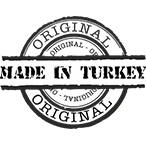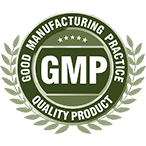Containment Booms
Marine barriers are defined as floating barriers used to control water pollution. They are especially commonly used in water pollution incidents such as oil spills. Marine barriers aim to prevent the spread of pollution and keep the contaminated area within a limited zone. It is usually made of durable, flexible and lightweight materials. These materials enable the booms to remain afloat and adapt to various sea conditions.
Containment Booms
Containment booms are specialized structural tools designed to intervene in pollution problems encountered in various water environments and to reduce environmental damage. Commonly used in aquatic environments such as seas, lakes, rivers, and coastal areas, these barriers aim to effectively control oil spills, plastic waste, and other floating pollutants on the water surface.
Types of Containment Booms
-
Inflatable Booms:
- Lightweight and portable.
- Quick setup and flexible structure.
- Ideal for controlling oil and other light pollutants.
-
Fence Booms:
- Flexible and floating structure.
- Used to limit spills in large areas.
- Commonly preferred for controlling oil spills.
-
Permanent Booms:
- Heavy structural barriers.
- Used for coastal and harbor protection.
- Provides long-term pollution control and ecosystem protection.
-
Solid Booms:
- Heavy and robust structure supported by fill material.
- Used for flood control and erosion prevention.
- Suitable for controlling large oil spills and pollution.
Uses and Importance of Containment Booms
- Pollution Control and Environmental Protection: Marine barriers limit pollutants on the water surface, facilitating their cleanup and protecting the habitats of aquatic life.
- Emergency Response: Used for quick and effective intervention in emergencies such as oil spills and chemical leakages.
- Coastal Protection: Permanent barriers are used to protect coastlines from erosion and wave impacts.
- Industrial and Commercial Use: Commonly used near ports, marinas, and industrial facilities to prevent water pollution.
Application and Maintenance of Containment Booms
For containment booms to be effective, they must be correctly selected, deployed, and maintained. The type of barrier should be determined based on the characteristics of the water where it will be placed and the expected type of pollution. Regular maintenance and checks are essential to ensure the long-term effectiveness and durability of the barriers.
Containment booms are crucial tools for the preservation of water resources and the sustainability of marine ecosystems. They contribute to pollution control and reduction, the protection of natural habitats, and the safeguarding of human health.
Read More


